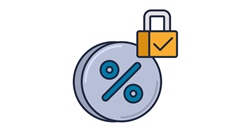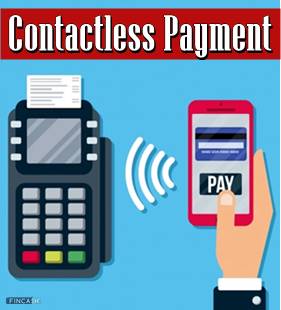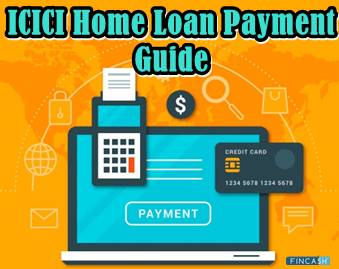Payment-in-Kind (PIK)
Understanding Payment-in-kind (PIK) is important when considering certain financing options for a business. It is a form of alternative financing, often used in venture Capital or private equity deals, where the borrower agrees to pay investors back with either securities or company shares instead of cash. This type of financing can be beneficial because it allows the investor to gain exposure and liquidity from non-cash assets without selling them outright. Additionally, this type of arrangement limits the outlay for borrowers since they do not need capital up front and are essentially borrowing against their anticipated growth rate rather than having to raise money through other sources like debt which could come with higher interest rates and repayment obligations.

In some cases, PIK loans might carry higher risk as there’s no guarantee that the asset will appreciate in value. Therefore, understanding both the risks and potential benefits prior to engaging in such an arrangement is essential so that businesses can understand all related implications before deciding on whether this instrument would be suitable for their needs.
PIK: A Potential Compensation Option for Early Career Professionals
As the cost of living continues to rise and wages remain stagnant in many industries, more early career professionals are turning to PIK (payment-in-kind) as a viable compensation option. PIK is an agreement whereby employers provide non-monetary incentives such as stock options or services in return for work instead of cash payments. This trend has been adopted by companies desiring to attract top talent while looking for ways to stay competitive in tight labour markets.
For individuals considering this option, there are several pluses that come with taking on a PIK arrangement versus accepting traditional pay offers. Most notably, these arrangements provide recipients with the potential opportunity to earn higher returns than if they had received cash payment alone--particularly when it comes time to exercise their stock options down the line. In addition, working under this kind of structure allows individuals more flexibility since extensions may be negotiated beyond the initial agreement; allowing them extra time and/or control over their job search if necessary.
Though admittedly a high-risk venture compared with other forms of compensation due to its Volatility and lack of certain benefits associated with salaried positions–PIK can be very beneficial for those willing and able to take on risks while seeking new opportunities throughout their careers.
Talk to our investment specialist
Pros and Cons: Weighing the Advantages and Disadvantages of PIK
| Pros | Cons |
|---|---|
| Increased opportunity for experience | Limited immediate financial reward |
| Potential for skill development | Risk of undervalued compensation |
| Flexibility in the compensation structure | Reduced cash flow for living expenses |
| Potential for future growth | Dependence on the company's success |
| Opportunity to build a diverse compensation Portfolio | Limited liquidity of assets received |
Please note that the specific pros and cons may vary depending on individual circumstances and the terms of the PIK arrangement. It's essential to thoroughly evaluate the details and consider your own financial needs and goals before making a decision.
How to Calculate Payment-in-Kind (PIK)?
To calculate the return using this form of repayment, one must compare the present value of all future payments against the current loan principal balance in order to determine the total expected returns from the given investment. Aside from this fundamental calculation for PIK returns, investors should also look closely at other factors such as liquidity and risk levels associated with their chosen investments when calculating potential returns on PIK transactions. This approach will help ensure that investments are being made wisely and that expected profits can be realized over time while maintaining ideal risk levels within portfolio allocations.
What do you Understand by PIK Toggle?
PIK toggle is a type of debt instrument used in leveraged buyouts. It takes the form of an exchangeable bond, which converts into equity if certain conditions are met. These conditions can be related to Market performance or the company's operations and financials, such as specified milestones being achieved or financial targets attained. PIK Toggle Bonds generally offer higher yields than other forms of debt instruments due to the additional risk associated with them; it is also recognized as one of the more aggressive forms of financing for leveraged acquisitions given its possible outcome - conversion into common stock for existing shareholders. Because PIK toggle bonds require careful monitoring and management, they are usually employed by sophisticated investors who understand their implications and potential risks involved before Investing in them.
Example of Payment-in-Kind (PIK)
For example, if Bob owes Dave $1,000 then instead of paying Dave with cash, he can issue $1,200 dollars’ worth of bonds so that Dave will have a higher value asset than he originally loaned out. By doing this kind of arrangement both sides benefit; Bob is able to avoid having to make large cash payments while at the same time allowing Dave some form of equity participation in an expanding business venture. This type of finance has grown in popularity, particularly among technology companies and start-ups that may not have access to traditional Bank loans or other types of capital investments.
All efforts have been made to ensure the information provided here is accurate. However, no guarantees are made regarding correctness of data. Please verify with scheme information document before making any investment.












